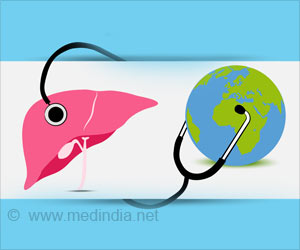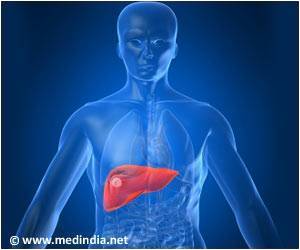
‘When treating patients, clinicians must pay particular attention to the severity of current and past depressive symptoms and try to reduce their severity and fluctuations to decrease suicide risk. ’
Tweet it Now
Physicians rely heavily on psychiatric diagnoses when estimating suicide risk, but though they are quite useful, diagnoses alone don't do a great job because they are labels that often don't change. Instead, Melhem wanted to develop a predictive model that would identify symptoms that can change over time because such a model, she surmised, would be more accurate at signaling the likelihood of suicidal behavior in at-risk young adults. In the study, Melhem along with her colleagues David Brent, M.D., professor of psychiatry at Pitt's School of Medicine, and John Mann, M.D., professor of psychiatry at Columbia University, followed 663 young adults who were at high risk for suicidal behavior because their parents had been diagnosed with mood disorders. Over 12 years, the parents and their children were periodically evaluated through standard assessments for psychiatric diagnoses and symptoms of depression, hopelessness, irritability, impulsivity, aggression and impulsive aggression.
After analyzing data for all these symptoms, the researchers found that having severe depressive symptoms and a high variability of those symptoms over time was the most accurate predictor of suicidal behavior. The severity and variability in impulsivity and aggression over time did not add to the prediction model.
Combining this measure of variability in depressive symptoms along with other relevant factors such as younger age, mood disorders, childhood abuse, and personal and parental history of suicide attempts, Melhem and her team developed a Prediction Risk Score. They concluded that a score of 3 or more of these risk factors indicated a higher risk for suicidal behavior. Using this threshold in the study population, they found the predictive test to be 87 percent sensitive, much better than currently available models.
The model has to be independently tested and replicated in different populations, and future research to include objective biological markers will be needed to make the Prediction Risk Score more accurate, notes Melhem.
Advertisement
Source-Eurekalert










